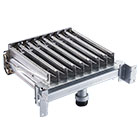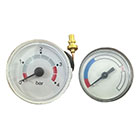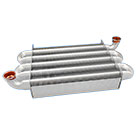Products List
Introduction to Gas Pressure Regulators (2)
What are the types of gas pressure regulators?
Gas pressure regulators are devices used to control and maintain the desired pressure of gas in various applications. There are several types of gas pressure regulators available, including:
Single-Stage Regulator: This is the most common type of gas pressure regulator. It reduces the incoming pressure from the supply source to a constant pressure output. Single-stage regulators are typically used for low-pressure applications.
Dual-Stage Regulator: Dual-stage regulators provide more precise control over the outlet pressure compared to single-stage regulators. They consist of two stages: a high-pressure stage and a low-pressure stage. The high-pressure stage reduces the incoming pressure to an intermediate pressure, which then passes through the low-pressure stage to achieve the desired outlet pressure.
Differential Pressure Regulator: Also known as a back-pressure regulator, this type of regulator maintains a constant pressure drop across the device by adjusting the outlet pressure based on changes in the upstream or downstream pressure. Differential pressure regulators are commonly used in systems where maintaining a specific pressure differential is critical.

Pilot-Operated Regulator: Pilot-operated regulators use a pilot system to control the main valve. The pilot system senses the outlet pressure and adjusts the main valve accordingly to maintain the desired pressure. These regulators are often used in applications requiring high flow rates or where accurate pressure control is necessary.
High-Pressure Regulator: High-pressure regulators are designed to handle gas supplies with higher inlet pressures. They are commonly used in industrial applications where the gas source operates at elevated pressures.
Low-Pressure Regulator: Low-pressure regulators are specifically designed for applications that require precise control of very low gas pressures. They are commonly used in laboratory settings or applications where sensitive instruments or equipment are involved.
Line Pressure Regulator: Line pressure regulators are installed directly in the gas supply line to regulate the pressure throughout the system. They ensure a consistent pressure level is maintained regardless of fluctuations in the upstream supply.
These are some of the common types of gas pressure regulators available. The selection of a specific type depends on the application requirements, gas type, inlet pressure, outlet pressure, and flow rate considerations.

As a professional supplier of gas household appliance accessories, Aoming provides various types of Pressure regulators, including dual gas pressure regulators and gas pressure regulator 102. These gas Pressure regulators are applicable to various gas sources and various stoves, such as independent stoves, barbecue stoves, gas stoves, camping stoves, gas barbecue stoves, and other gas appliances. Different inlet and outlet pressures can also be developed according to customer requirements. You can choose different air sources according to your needs. In addition, our gas Pressure regulator has obtained CSA, AGA, and CE certifications. These different types of Pressure regulators are used in different places. For example, our gas Pressure regulator 102-1 has stable output pressure and good sealing performance, and its body is equipped with a filtering device, which is easy to use. Can be directly connected to gas cylinders for medical experiments and industrial equipment, with stable pressure control and energy conservation. The valve body structure is lightweight, and the flow rate of the medium is adjusted by controlling the opening and closing of the valve body, reducing the pressure of the medium. At the same time, the opening and closing of the valve body are adjusted by the pressure of the valve to maintain a certain level of pressure behind the valve. Within this range, its characteristic is that under the constant change of inlet pressure, the outlet pressure value remains within a certain range, stable and reliable, safe and reliable.




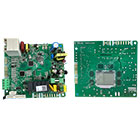
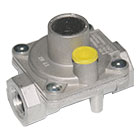
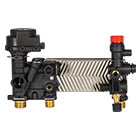
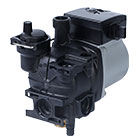
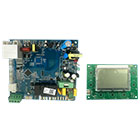
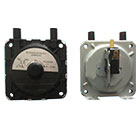
-f.jpg)
